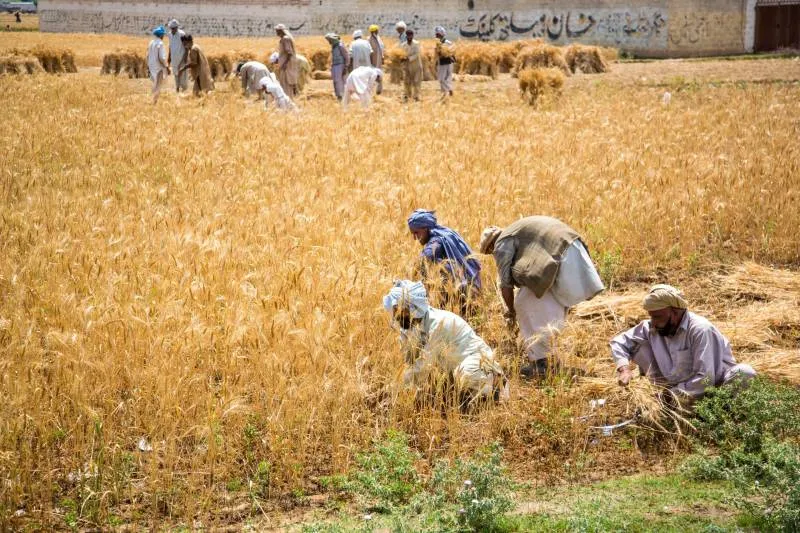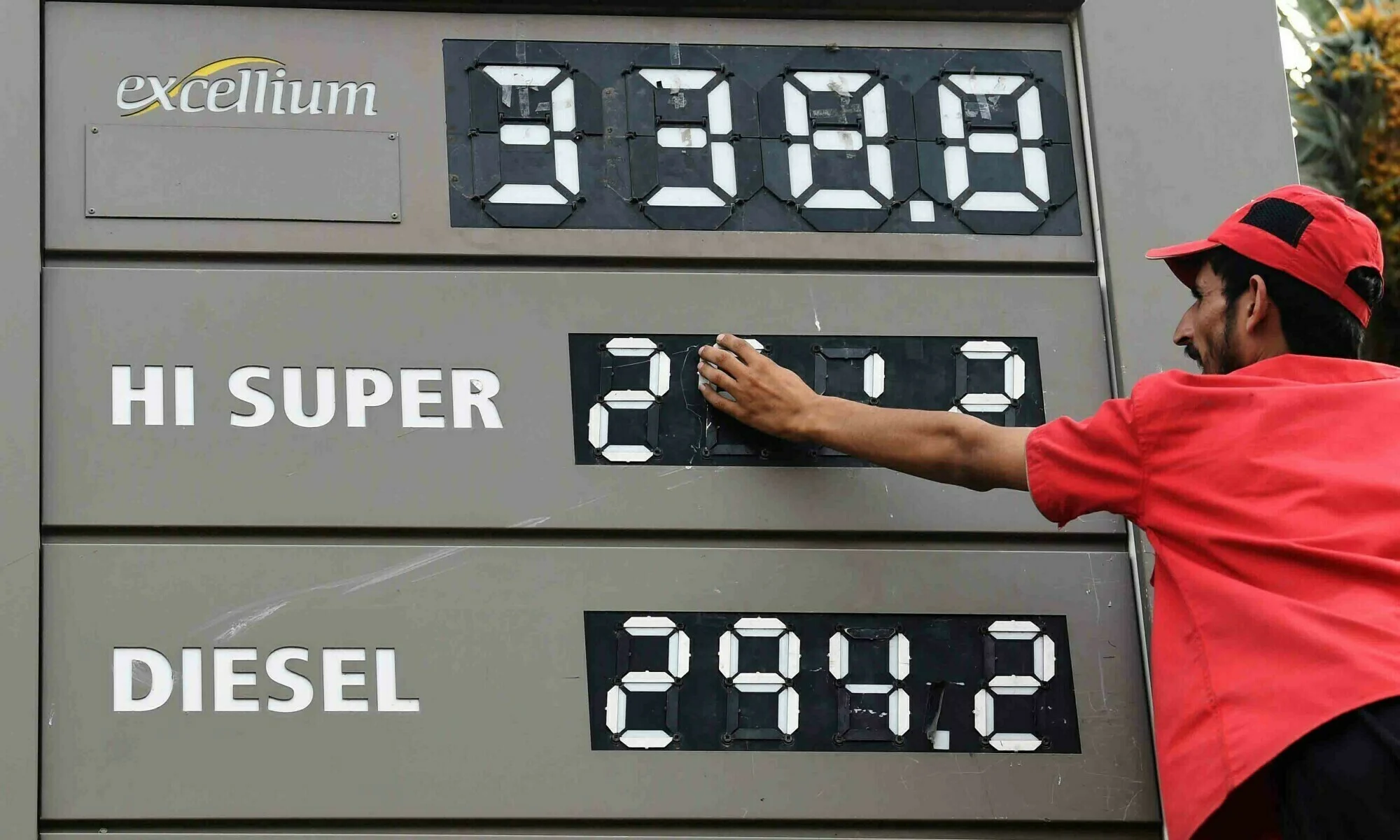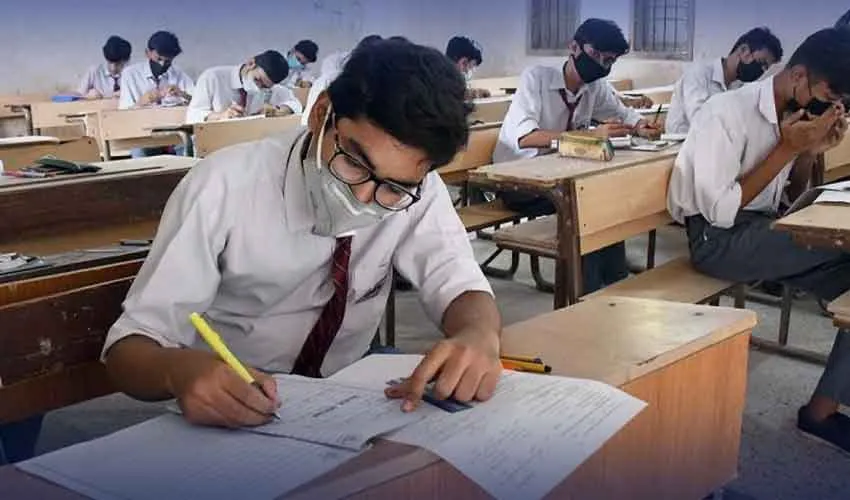Pakistan’s agriculture which was once the backbone of the economy is at present very unstable. We see a large scale drop in Pakistan’s crop production which is a matter of serious concern and which also which can no longer be ignored. This decline is putting at risk our food security as well as the that which millions depend on farming for. Wheat, cotton, rice, maize, and sugar cane which are main crops are reporting very large scale issues, which is a matter of great worry for experts, policy makers and the farm community.
A Look at the State of Agriculture Today Which is Not Pretty
The latest Economic Survey of Pakistan reports a very poor state of affairs. In that report which also notes that live stock and poultry did see some growth we saw overall agricultural growth at a very low 0.5% which is a very large drop when you consider that which also included a 13.5% drop in Pakistan’s crop production.
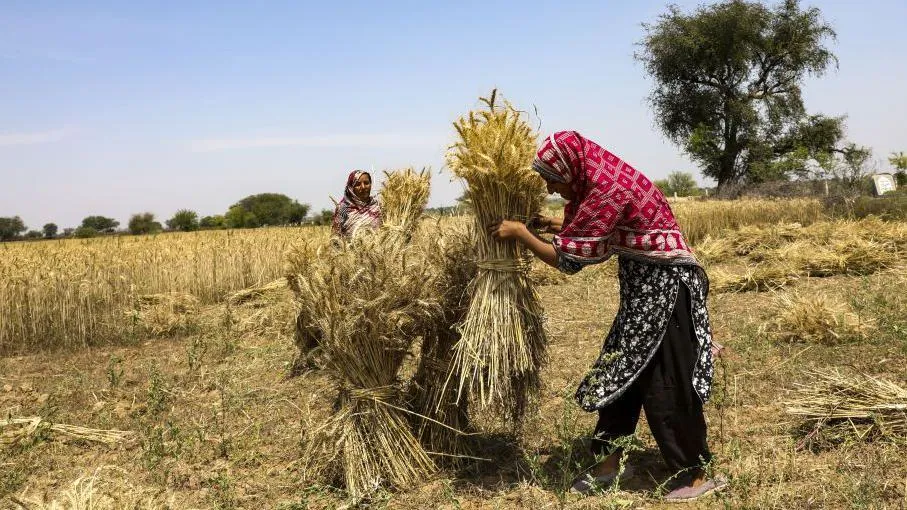
Why it matters that we pay attention to this issue because crops do more than just fill plates they are the base which Pakistan’s economy stands. We see in textiles and food processing which sectors that are founded on agricultural output. Also we are seeing that with cotton production down by over 30% and wheat which has had a 9% drop the structure of this which is the economic base is coming into question, heavily impacting Pakistan’s crop production capabilities.
The Numbers Behind the Crisis in Pakistan’s Crop Production
Here is a look at how each major crop has done:
- Cotton: Dropped from 10 million to 7 million bales — 30%.
- Wheat: Dropped to 28 million from 31 million — 9%.
- Maize: Down to 8.2 million tons from 10 million tons.
- Sugarcane: Slipped 4% to 8.4 million tons.
- Rice: Marginal drop of 1.5% in to 9 million tons.
This we have seen the greatest drop in crop yield that we have had in over 20 years. It’s no fluke. It’s a crisis for Pakistan’s crop production.
What’s Causing the Collapse of Pakistan’s Crop Production?
1. Climate Extremes Bringing Disaster
Pakistan is seeing great instability in their weather which is very unpredictable. Maize and sug cane fields were damaged by heat waves which was very hot, at the same time monsoon floods destroyed cotton plantations. What was once a very predictable weather pattern is now very dangerous for Pakistan’s crop production.
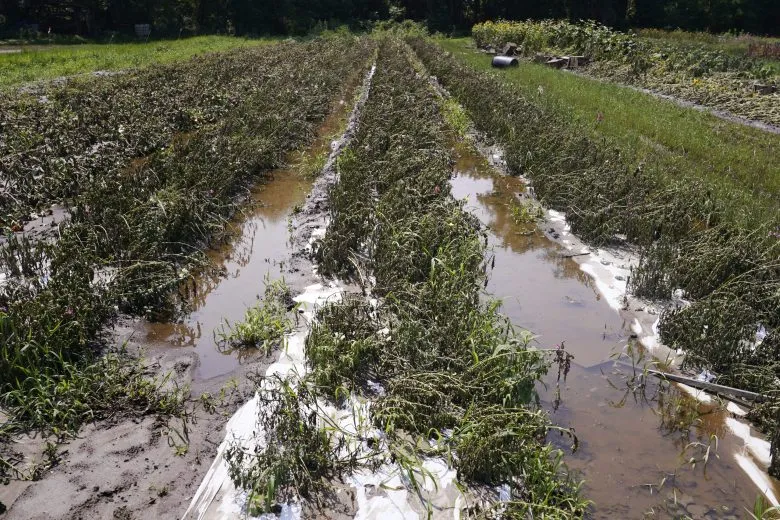
2. Broken Government Policies
Policy missteps have amplified the crisis: Policy errors have worsened the crisis:
- Duty-Free Imports: Local producers are being put out of business by the free import of lint and raw cotton.
- Uncompetitive Pricing: Domestic cotton products fell behind foreign options due to bad tax policy.
- Withdrawal of Support: Removal of the wheat price controls and government procurement left farmers at a loss. In Punjab which saw the states’ failure to buy in large scale due to what they said was storage issues farmers were left with unsold crop. This directly affected incentives for Pakistan’s crop production.
Farmers: Unseen Casualties of Declining Pakistan’s Crop Production
The human cost of this decline is great. Agricultural expert Mehmood Nawaz Shah reports that between 500 to 700 billion has left rural areas. This isn’t a number it is the drying up of dreams, incomes, and futures.
Inflation has decimated farmers’ purchasing power. The price of basics like seeds, diesel, fertilizers, electricity has gone out of their reach. Also report is that many are of the thought that farming may not be a sustainable practice. Equipment sales have dropped and in the rural areas we see very little action from home appliances to motor cycles, all linked to the state of Pakistan’s crop production.
What’s at Risk?
This is beyond a farming crisis we are in a national emergency.
- Food Security: A Pakistan which is deficient in wheat may soon be importing basic grains, which in turn will deplete its foreign exchange reserves. This is a direct consequence of the issues with Pakistan’s crop production.
- Textile Exports: The base of the country’s export economy is breaking up due to cotton shortfalls.
- Economic Stability: Agriculture in chaos is having a ripple effect which is putting pressure on many of our industries and job markets.
Dr. Aamir Zia reports that which is going on now may see an end of wheat supply by year’s end, further highlighting the urgency regarding Pakistan’s crop production.
Urgent Reforms: What is to be Done Now to Boost Pakistan’s Crop Production
Agricultural rebound is possible but we need to act now and act big.
- Reintroduce Support Prices: Secure fair profits for wheat and cotton farmers.
- Modernize Farming: Develop adaptive seeds and push for precision agriculture.
- Fix the Water Crisis: Put great resources into irrigation and water conservation.
- Subsidize Essentials: Reduced input costs with the help of targeted subsidies on fertilizer, quality seed, and solar powered equipment.
- Protect Local Producers: Reduce the import of goods that are also sold at home. These measures are vital for Pakistan’s crop production recovery.
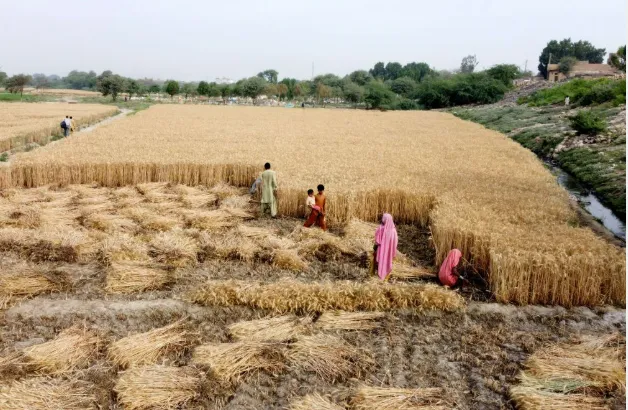
The Illusion of Economic Growth Amidst Pakistan’s Crop Production Decline
While official reports put Pakistan’s GDP at 2.7% we are told that which is not true. We see agriculture output dropping and large scale issues in core industries which may in fact we are at 1.5% growth if that which we are at, we may actually be doing worse.
Pakistan’s economy is in a very real crisis, heavily influenced by the state of Pakistan’s crop production.



